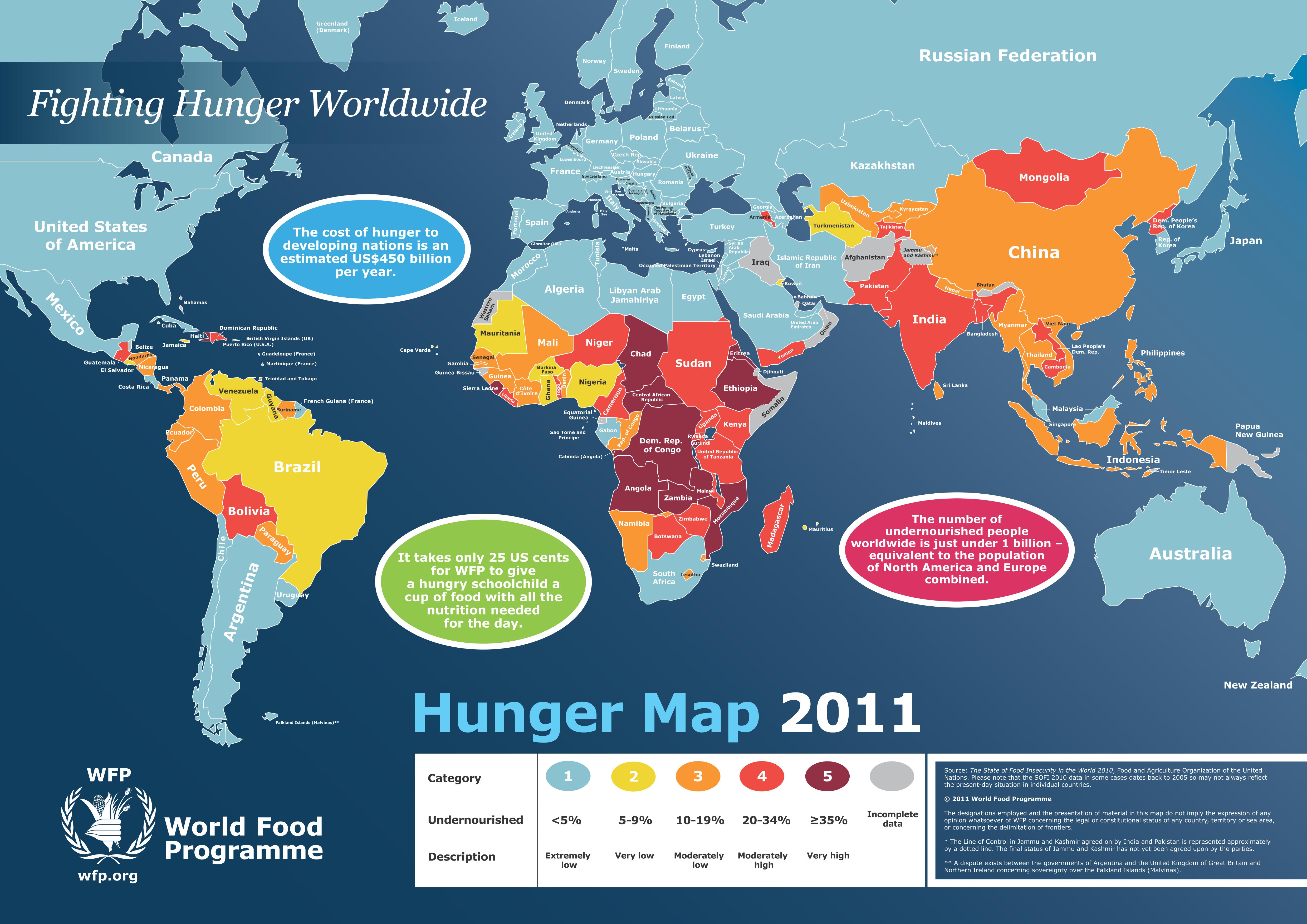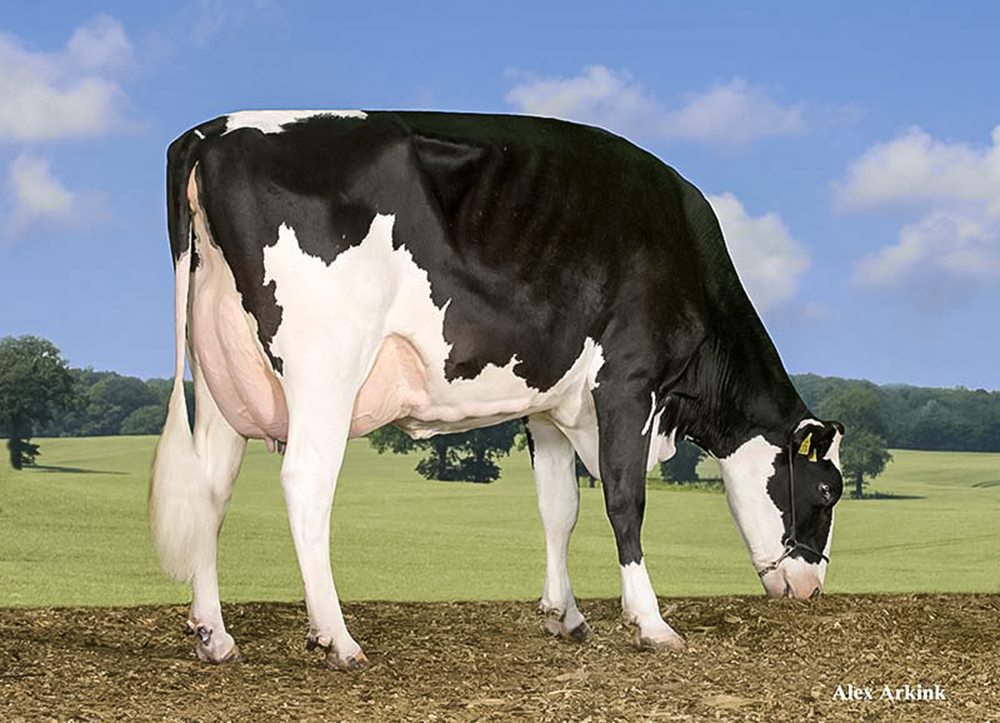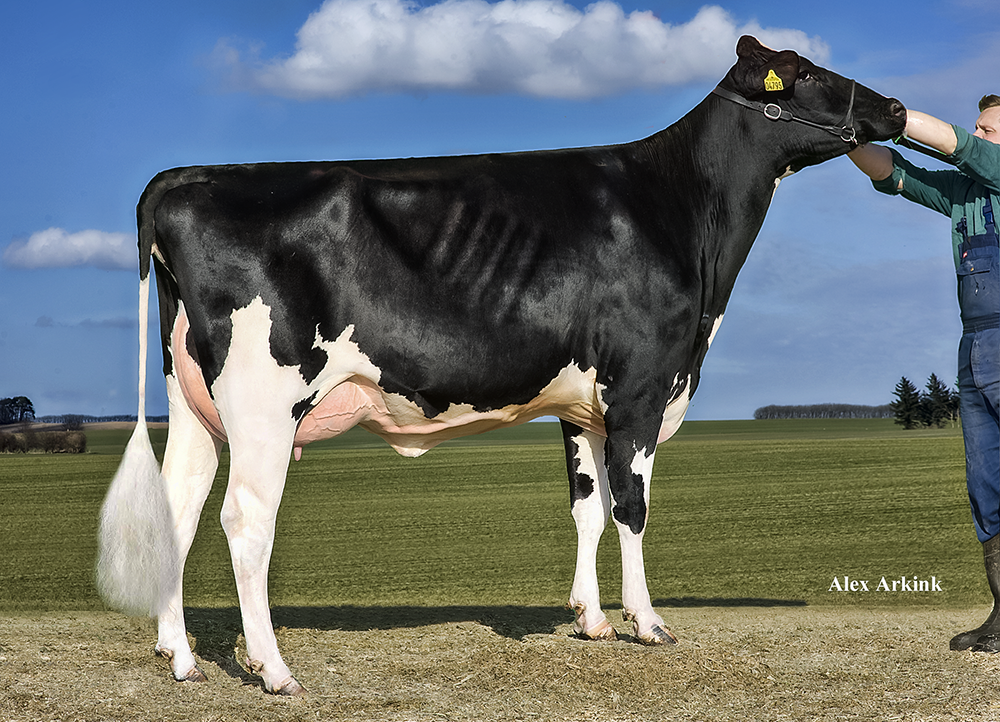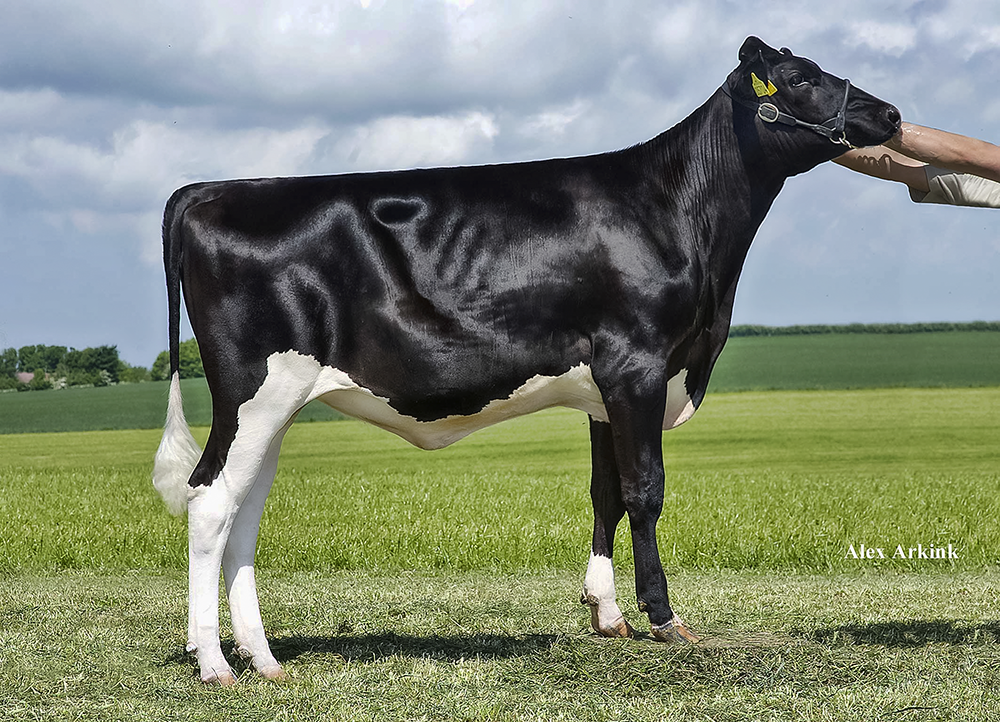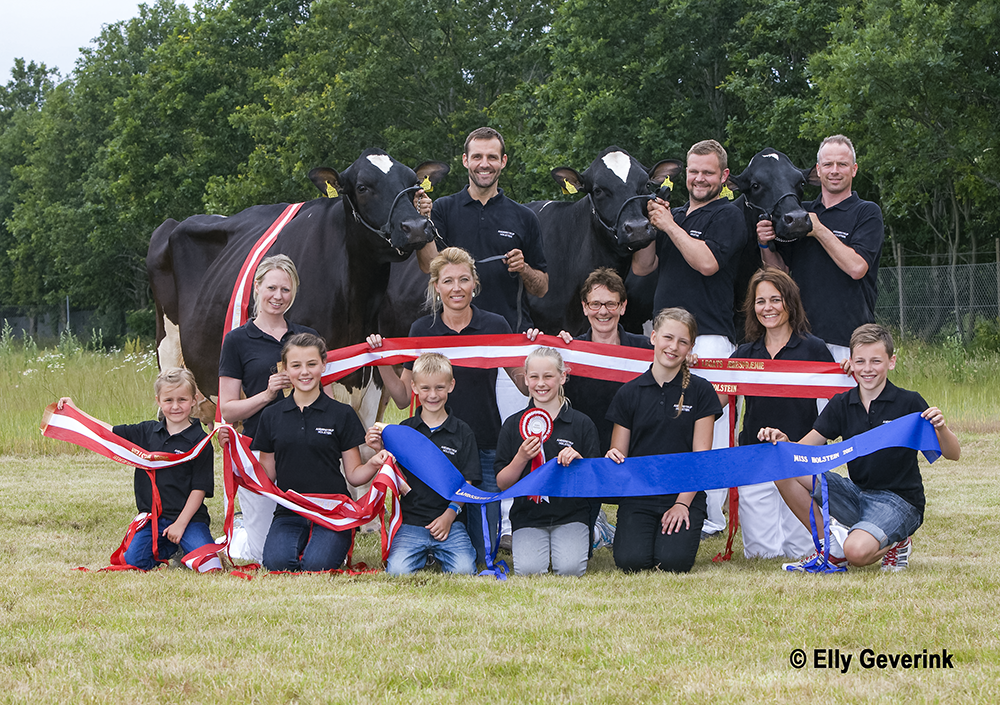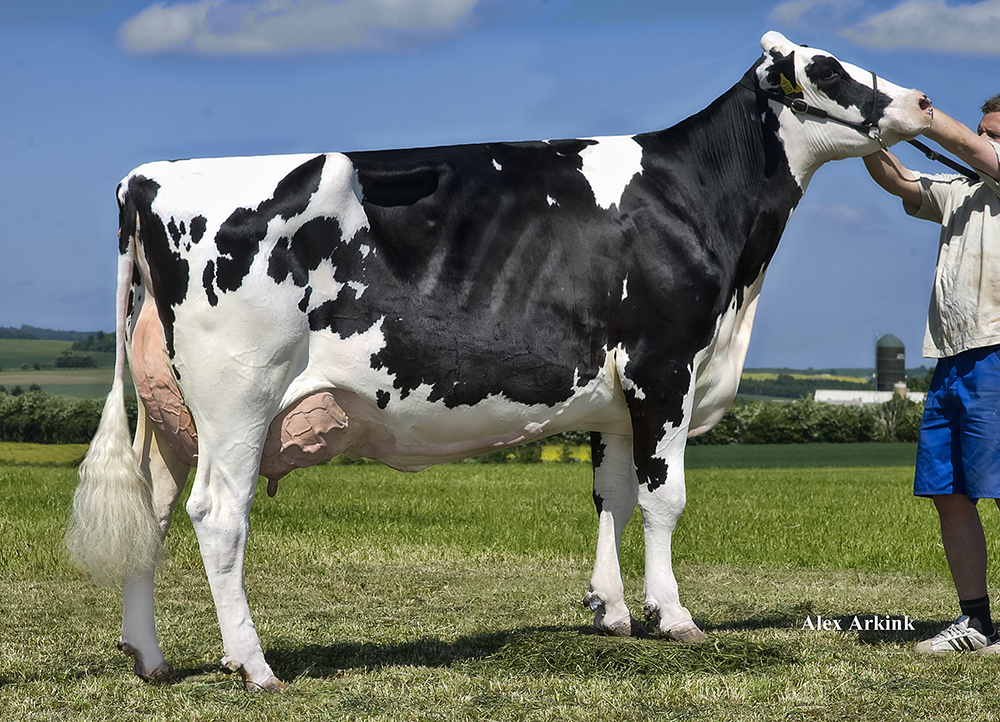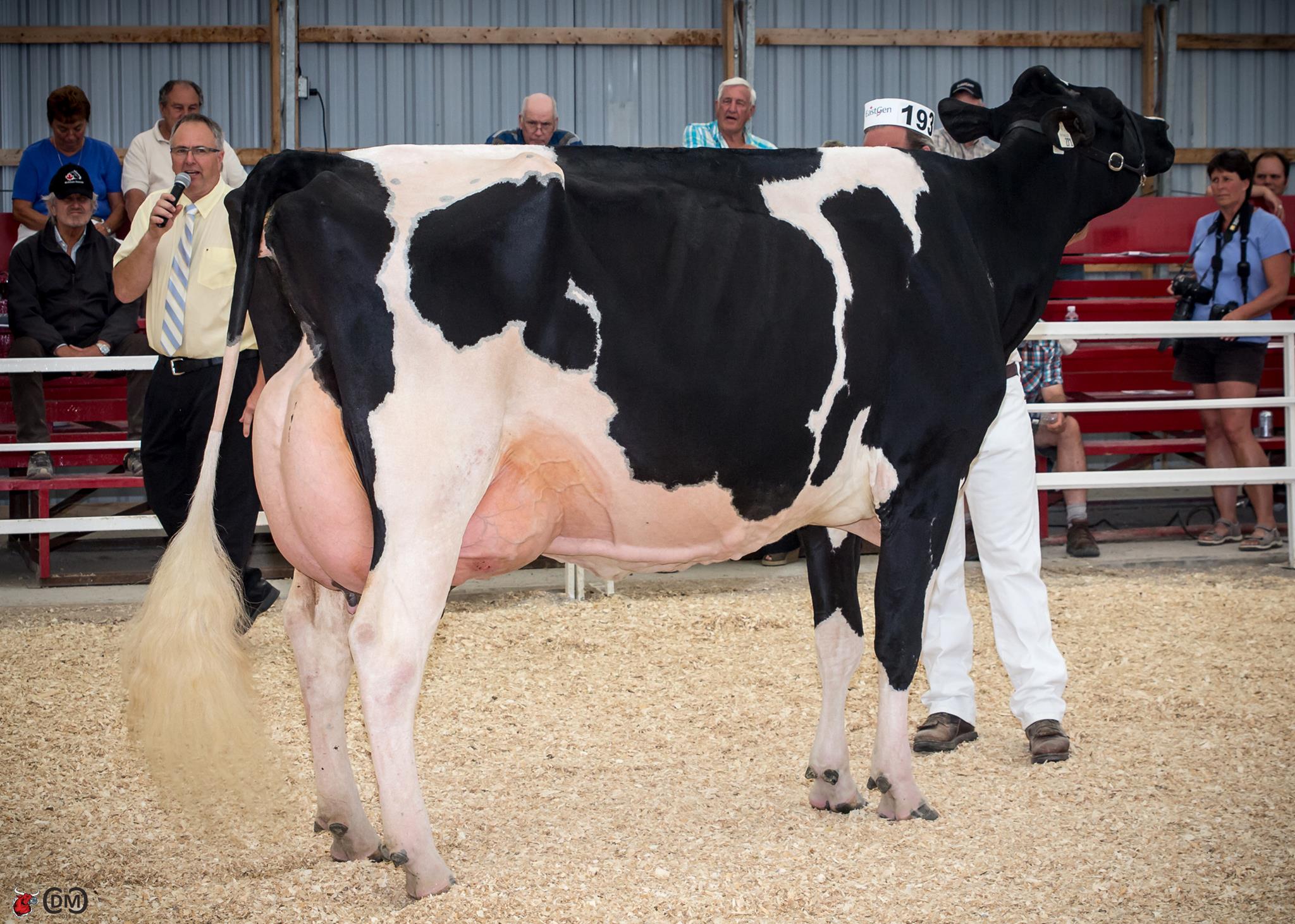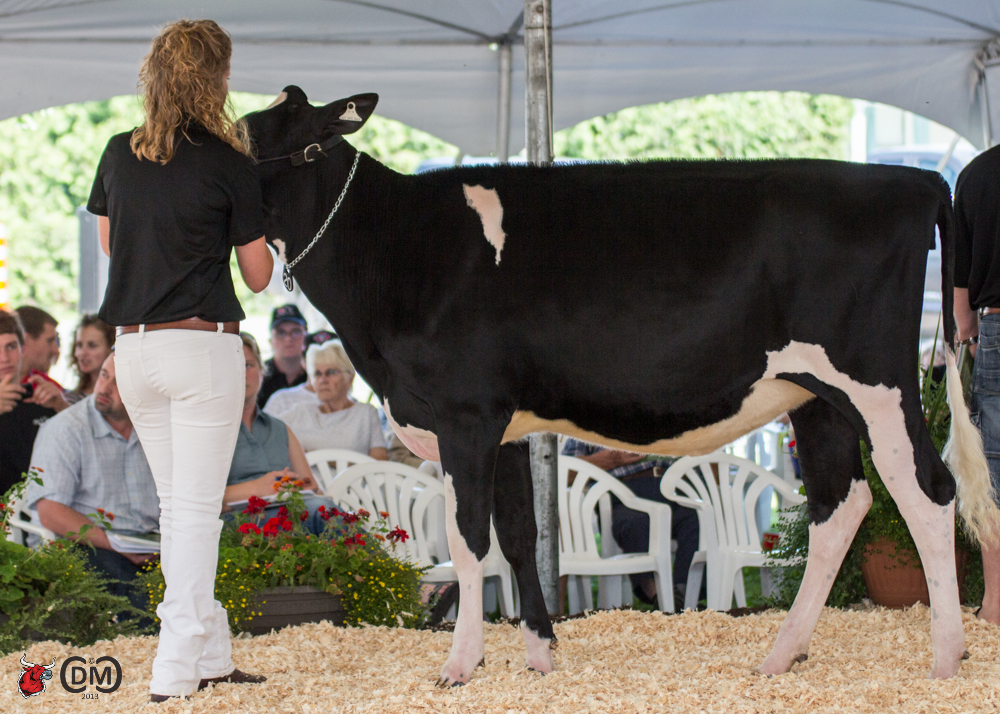Last night I had the opportunity to go back to the county show that I had exhibited at for over 20 years. It has been a few years since I was last at the Brant Wentworth County Show held at Paris Fairgrounds, but man did many memories come rushing back to me.

Sometimes it’s too easy to get caught up in all the big names and issues like show ethics, that you forget what it really means to show dairy cattle. Watching the 19 pre 4-H show people in the ring brought back many memories for me. While the faces have changed, many of the names have not. I guess it’s a sign of getting older, but all the same kids that I used to compete against when I was young, now have children of their own in the pre 4-H class. There is something so pure about watching these young people compete. These kids are not doing it for the money. They are not doing it for the glory. They are doing it for the love of dairy cattle and the show ring.

This is when you remember what makes county shows so great. It’s not the money you are going to make by breeding or selling a class winner. After all, let’s face it there is none. It’s not the fame that will come from it because, in most cases, no one will ever really know about the results. It’s about community experience and love of dairy cattle. For me last night was the purest confirmation of why we love dairy farming that I have seen in a long time. These kids put on a show second to none for enthusiasm, tension and crowd appeal. I loved it! I grew with much the same experience as many of these kids: working each day on the farm, helping my parents and learning to appreciate being a dairy farmer. There is something about being a dairy farmer that is very special. It is hard to describe to someone who has not had the experience. Ingrained in every child raised on a dairy farm is a set of values and sense of accomplishment, that can’t ever be taken away, even though many of these youth eventually end up off the farm.

Getting the opportunity to talk to many of the dairy community members that I have known for over thirty years was great. It was also super to meet so many new faces that will be the next generation leading the dairy industry into the future.

L-R John Innes, David Loewith, Anne Louise Carson
As much as it seems like the world is changing every day, events like this remind me how deep the roots of the dairy industry remain. At this local show we had many generations of dairy producers as well as several different types of producers. We are fortunate in our county to rub shoulders with some of the most progressive milk producers in the industry, such as David Loewith (seen here with Holstein Canada Secretary Manager Ann Louise Carson), as well as one of the top index herds in Canada, Mapelwood Holsteins. By the way, Mapelwood also took home Grand Champion honours with Willsey Jasper Rockette.

Grand Champion – Willsey Jasper Rockette
Exhibited by Mapelwood Farms.
In talking with Clarence Markus about his recent barn fire and how they are already starting to build again. (Read more: Your Barn Is On Fire!) Clarence commented about how the dairy community from around the world has been great in supporting him through this tough time. He also said the thing that surprised him most was how, even though you don’t realize it, everyone is watching you and that the great things that you do to support others, don’t go unnoticed.
The Bullvine Bottom Line
Sometimes I wonder what the future of the dairy industry holds. At one time, Wentworth County that I grew up in had over one hundred dairy producers and its own show. Now there are less than thirty and it can be hard for two counties, Wentworth and Brant, to get enough cattle out. At times I wonder if there is much future. Then I have moments like last night, when these 19 future dairy leaders showed the world exactly what it means to fall in love with dairy cattle and the show ring and I think to myself, “Man the future is looking bright!”
For more pictures click here and for show pictures click here.
Get original “Bullvine” content sent straight to your email inbox for free.







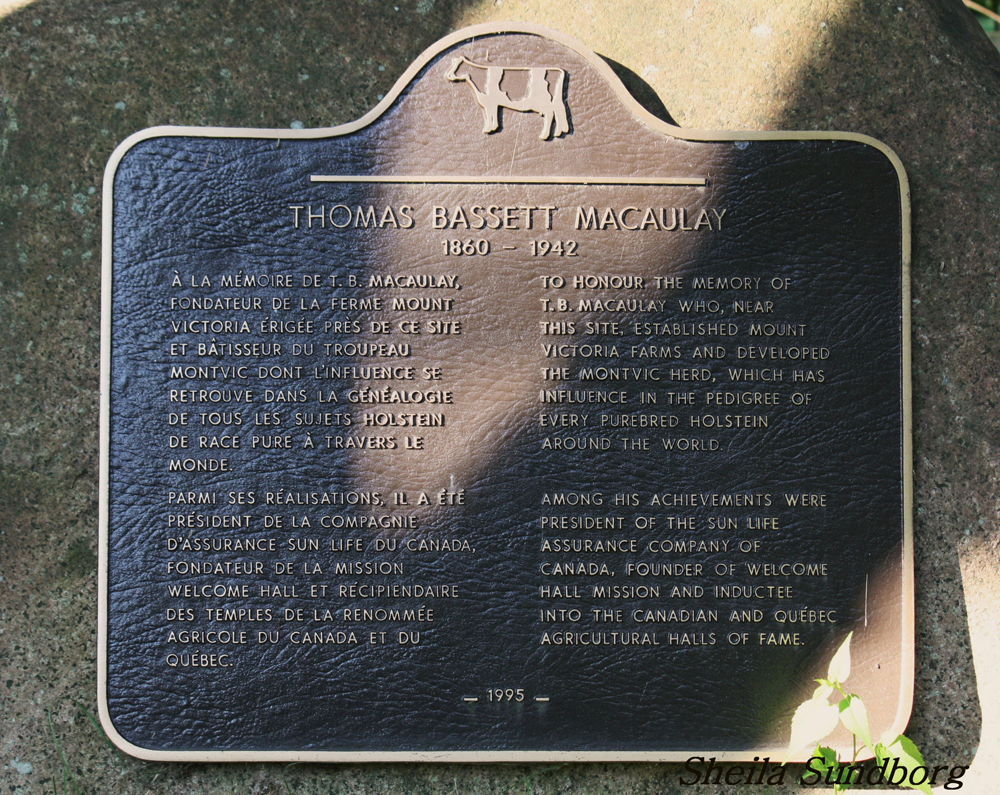
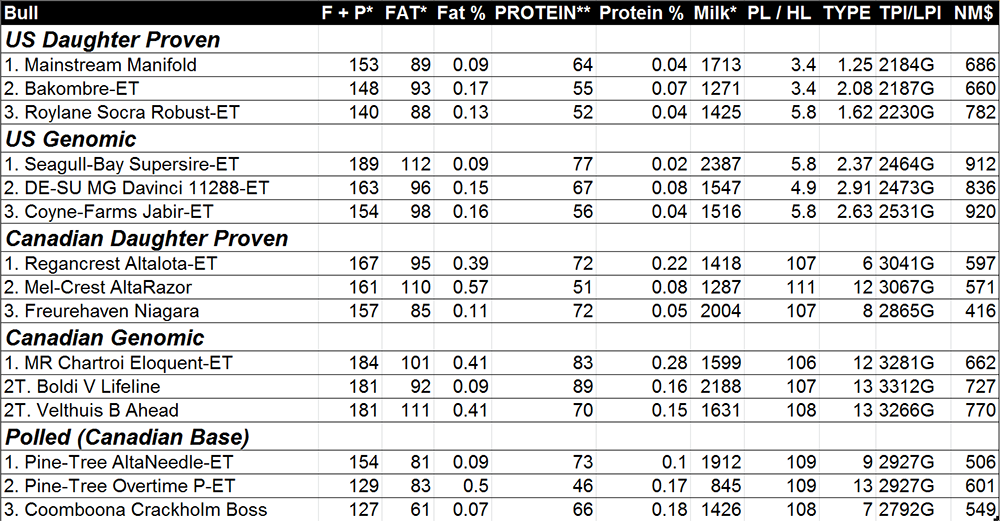
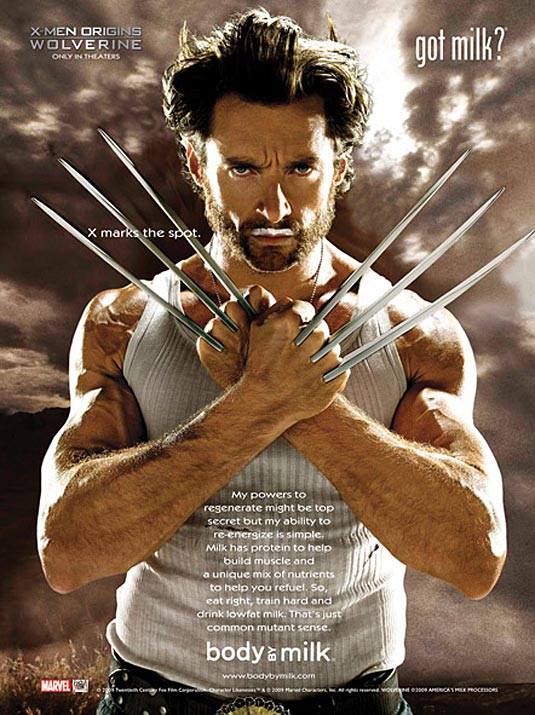 From soap bubbles of the past to the milk moustaches of today, farming is putting stars in our eyes!
From soap bubbles of the past to the milk moustaches of today, farming is putting stars in our eyes! 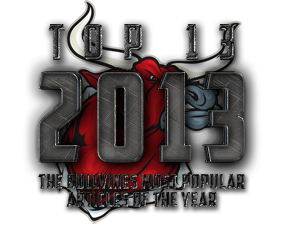
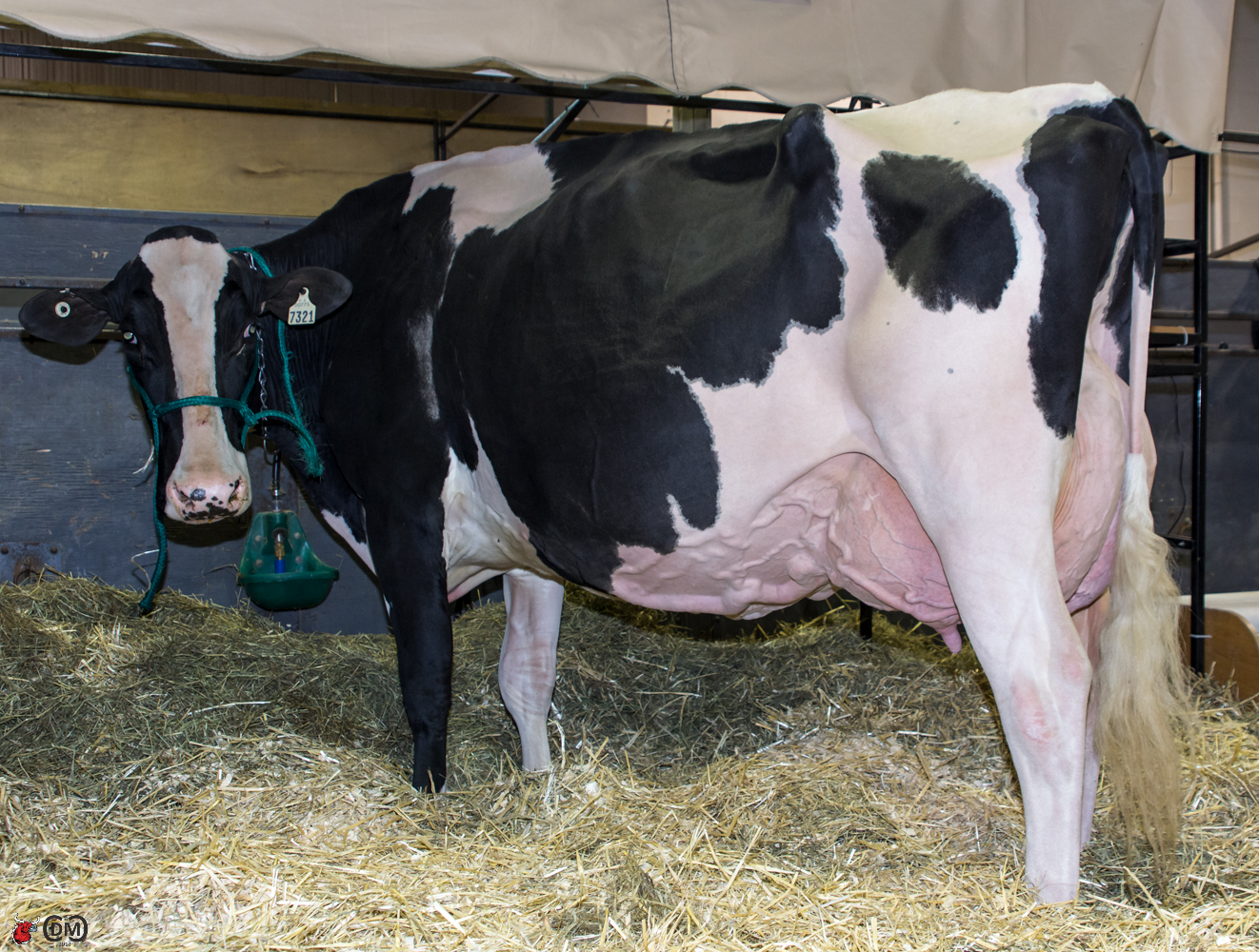





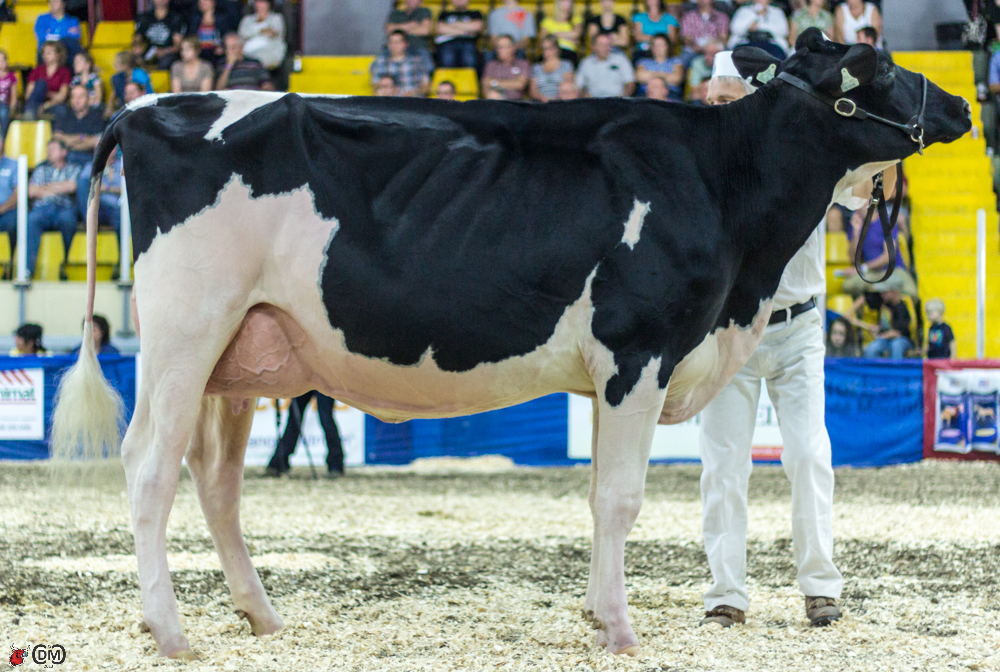

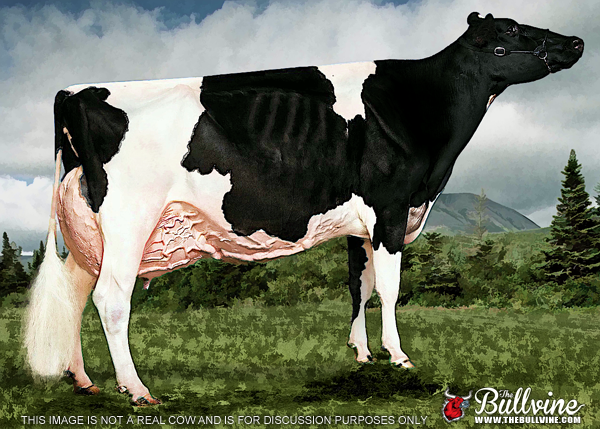
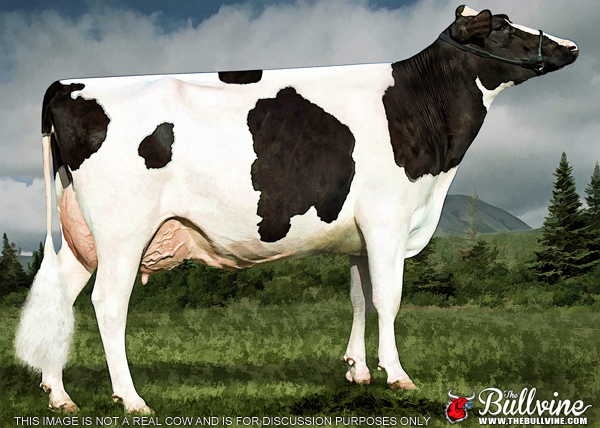

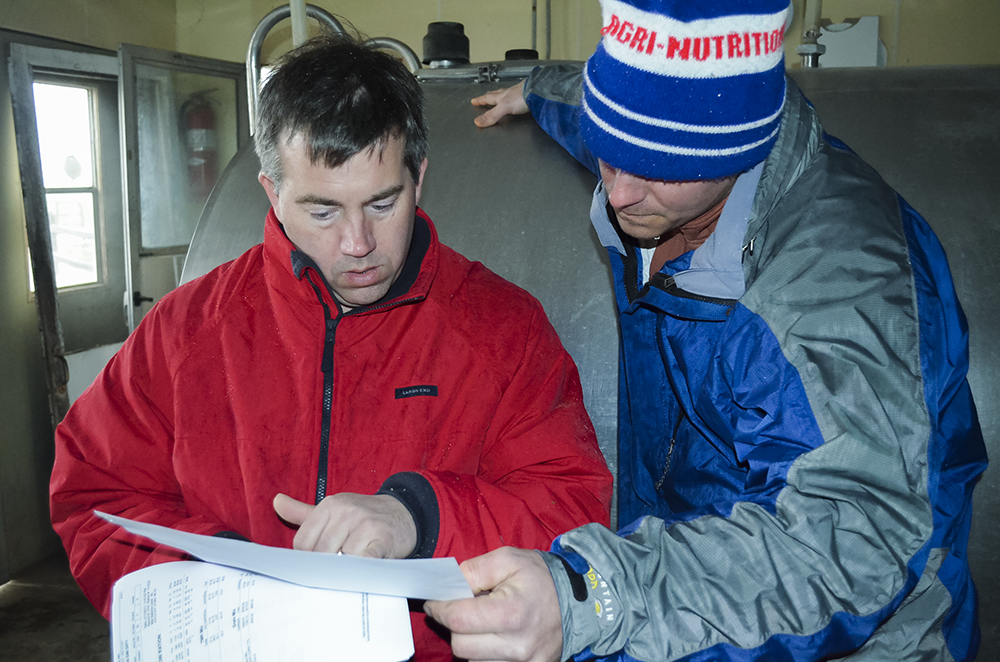
 An effective nutrition consultant will investigate and analyze all the issues impacting your cows and thus impacting your success. The Bullvine went to Dr. Scott Bascom to get some insight on the value of working with a nutrition consultant. Dr. Bascom is the Director of Technical Services at
An effective nutrition consultant will investigate and analyze all the issues impacting your cows and thus impacting your success. The Bullvine went to Dr. Scott Bascom to get some insight on the value of working with a nutrition consultant. Dr. Bascom is the Director of Technical Services at  From the Bunker to the Bank!
From the Bunker to the Bank! Beyond the Basics to Practical and Personal
Beyond the Basics to Practical and Personal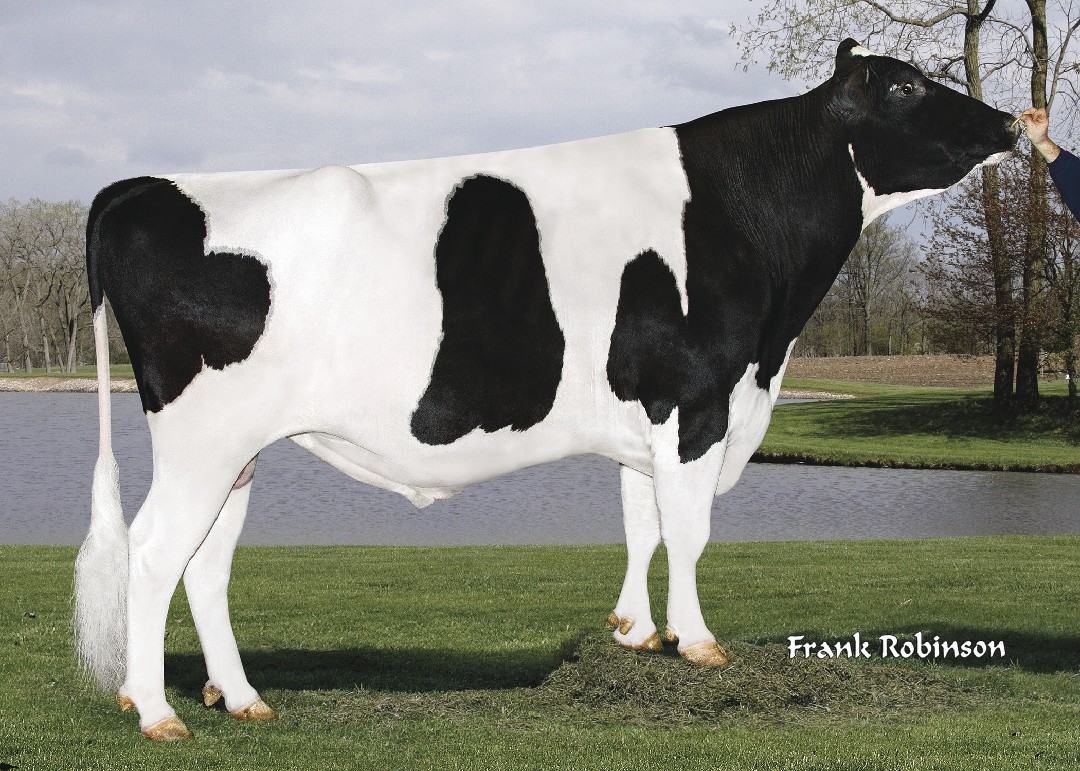
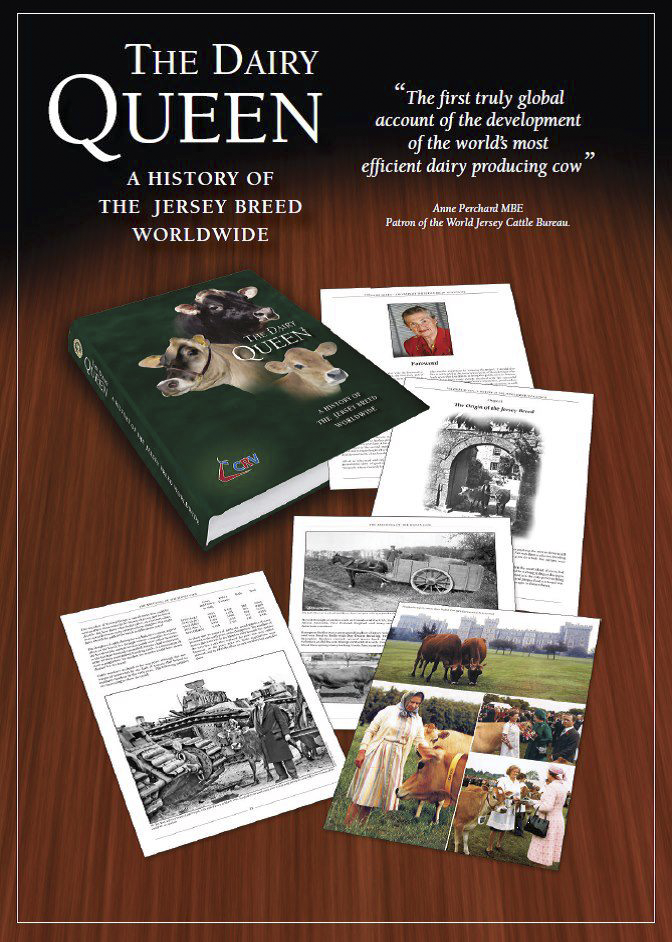
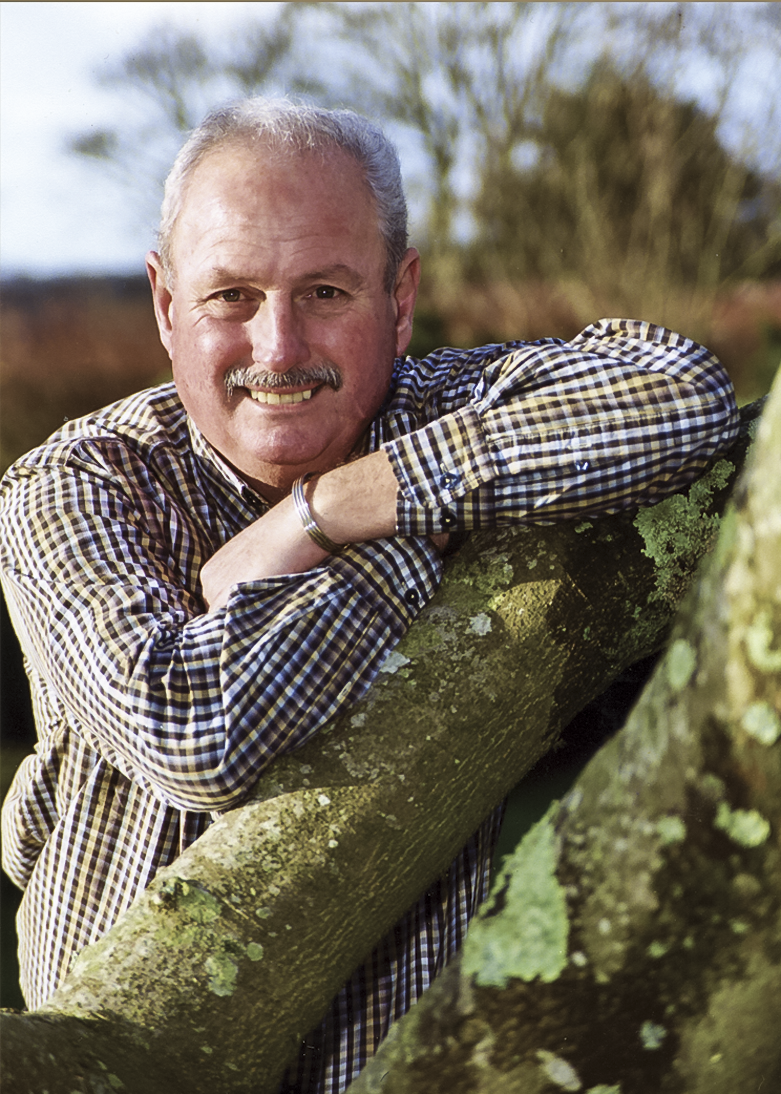
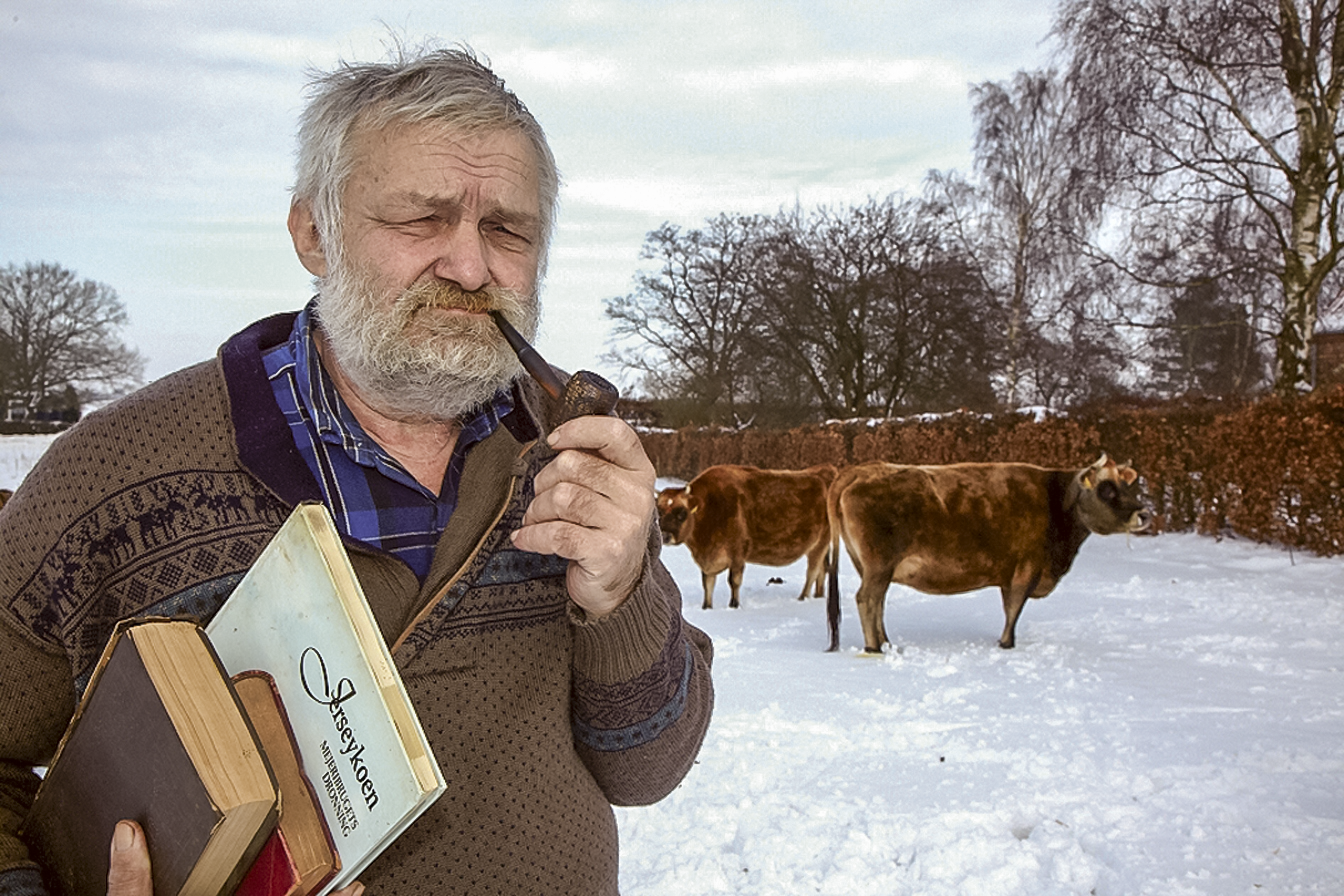
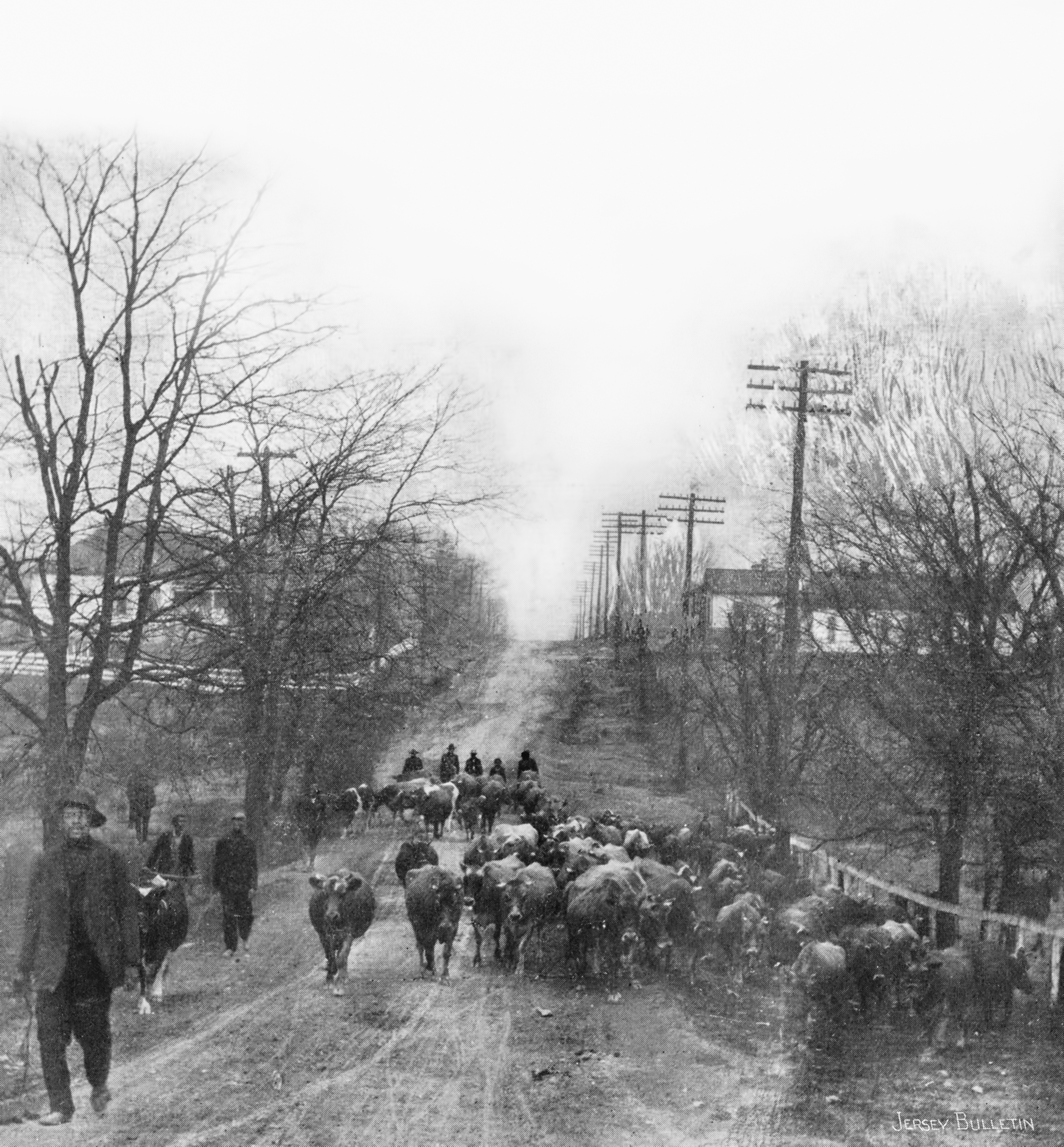 A book for anyone interested in dairy cattle, The Dairy Queen, is the first truly global account of the development of the world’s most efficient dairy producing cow. Derrick points out the unique features of this special book. “It tells the story from the early origins of the breed to modern times, throughout the world. It will appeal to all dairymen interested in cattle breeding and its 300-plus pages with over 700 pictures is a glorious presentation of the Jersey breed. The great cattle breeders and individuals who influenced the historical progress of the Jersey cow are well documented along with anecdotes of incidents that literally changed the progress of the breed. For example, the concerns of cattle breeders in the Island of Jersey in 1947 when dockworkers refused to load cattle onto ships for export – they were concerned about shortage of milk for island families following the five-year occupation by German forces in World War II.
A book for anyone interested in dairy cattle, The Dairy Queen, is the first truly global account of the development of the world’s most efficient dairy producing cow. Derrick points out the unique features of this special book. “It tells the story from the early origins of the breed to modern times, throughout the world. It will appeal to all dairymen interested in cattle breeding and its 300-plus pages with over 700 pictures is a glorious presentation of the Jersey breed. The great cattle breeders and individuals who influenced the historical progress of the Jersey cow are well documented along with anecdotes of incidents that literally changed the progress of the breed. For example, the concerns of cattle breeders in the Island of Jersey in 1947 when dockworkers refused to load cattle onto ships for export – they were concerned about shortage of milk for island families following the five-year occupation by German forces in World War II.
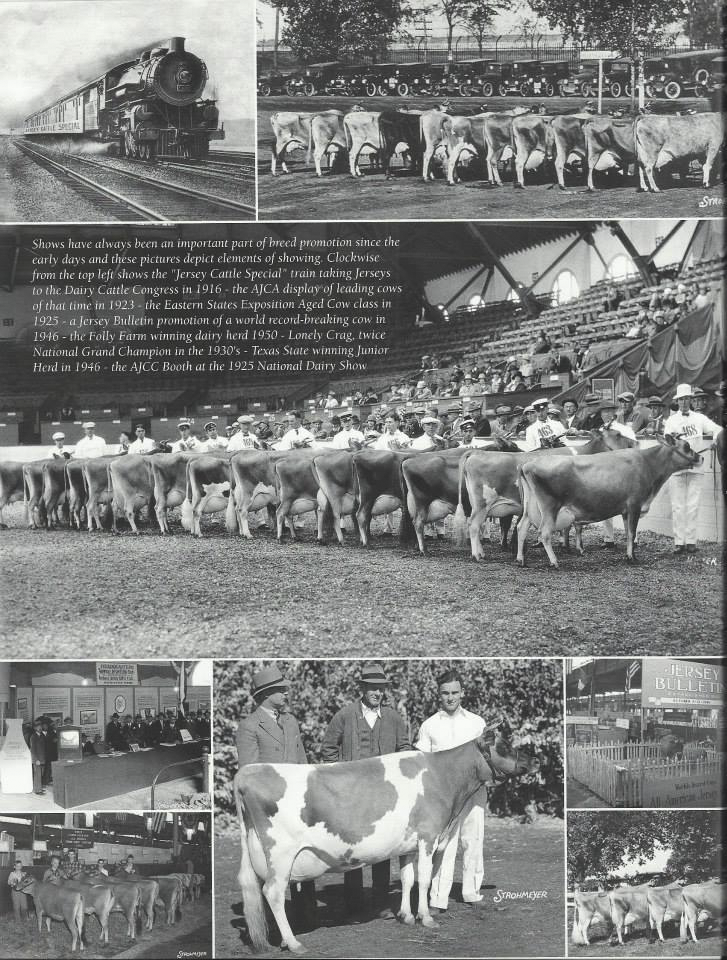


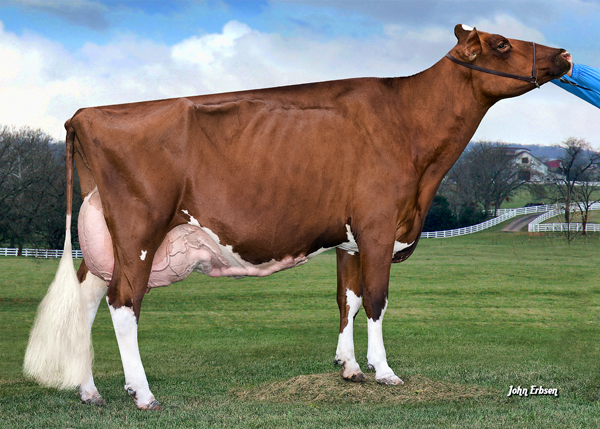
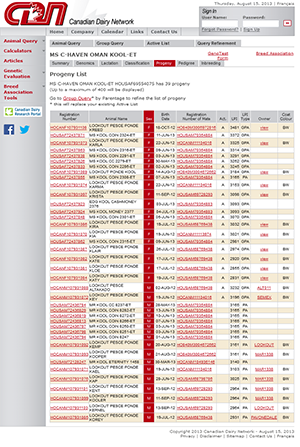 Step Three – Check Every Animal Detail
Step Three – Check Every Animal Detail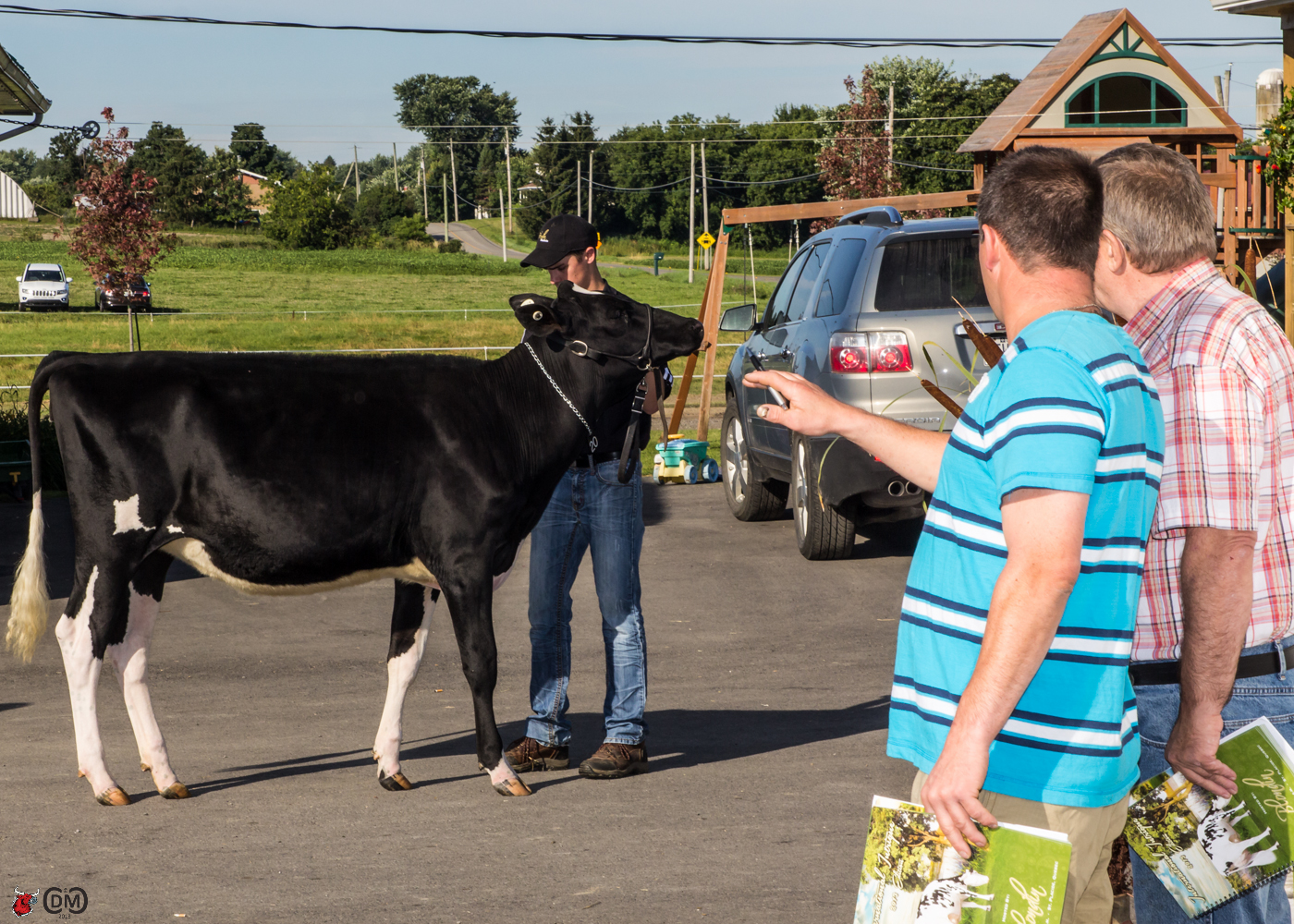
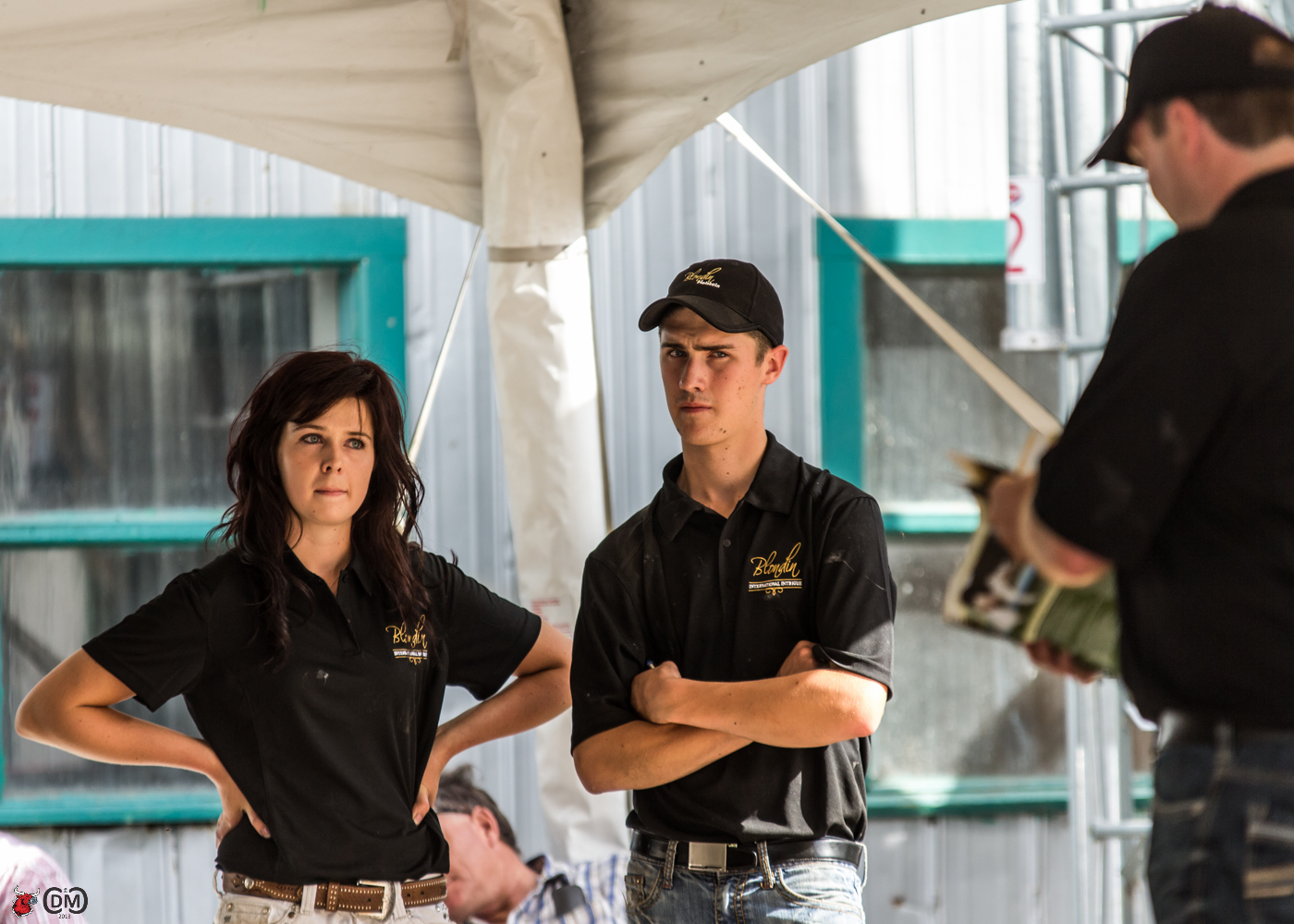

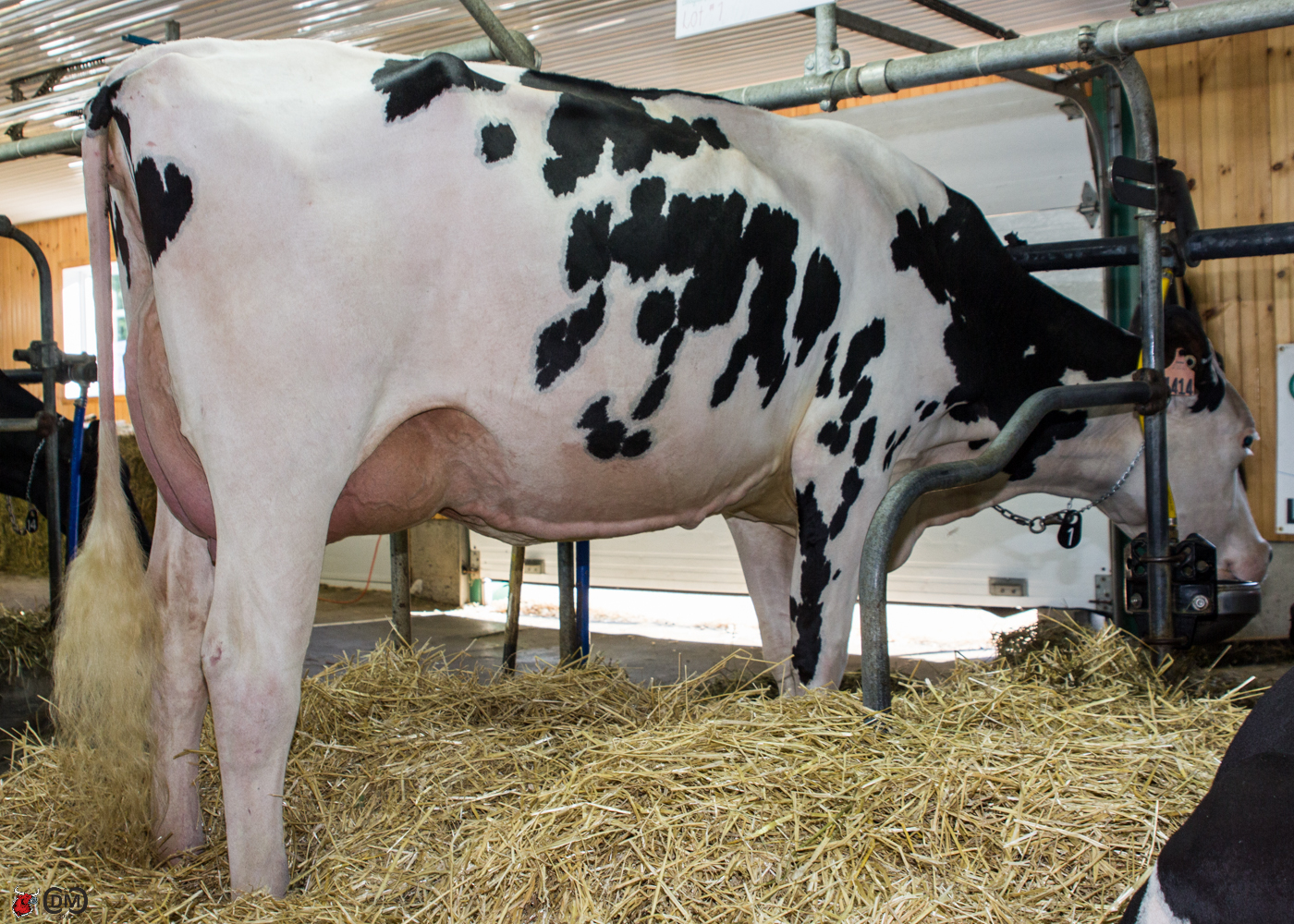
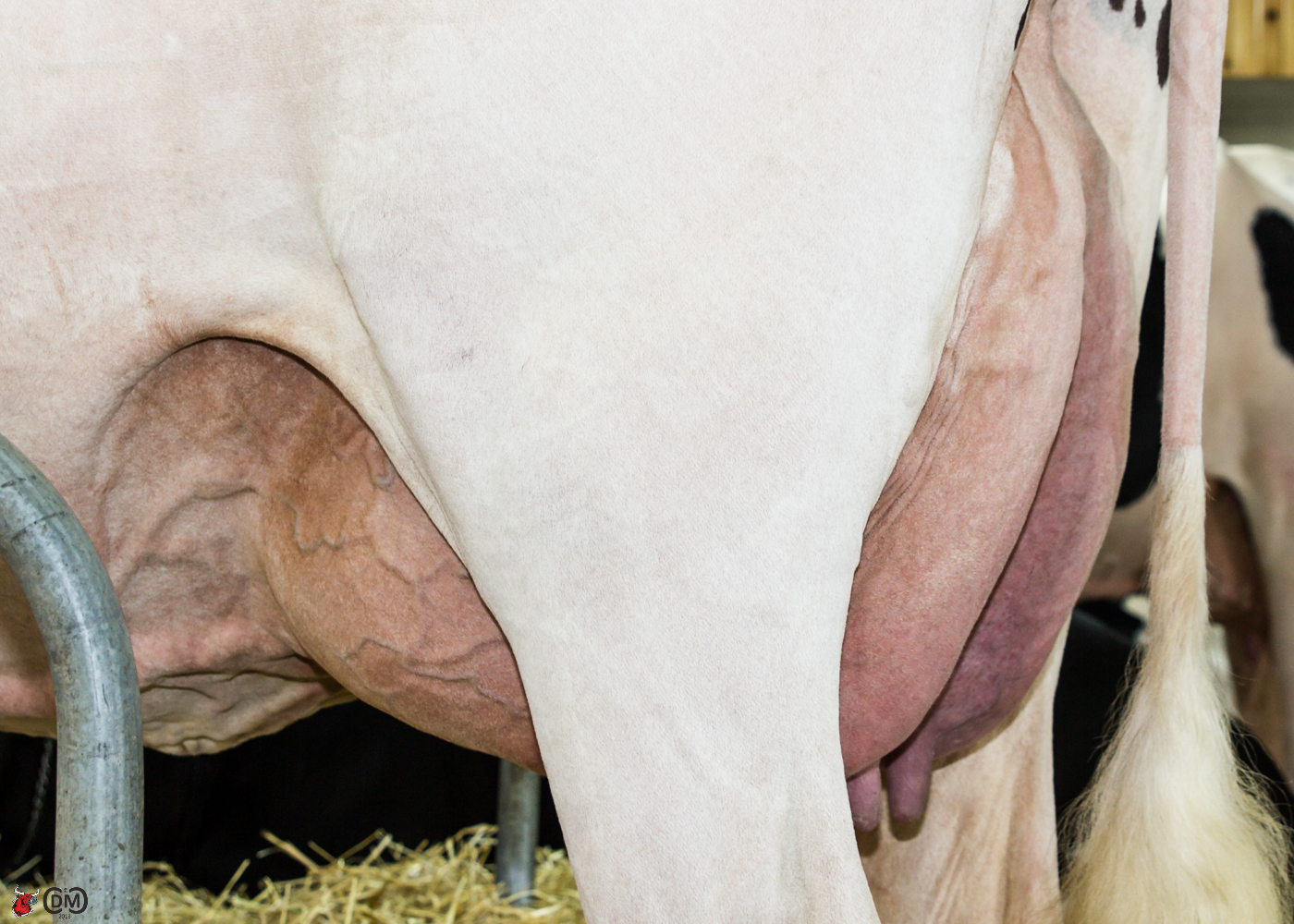
![USA_Flag_Vector_Celebrate_Memorial_Day_Clipart-1LG[1]](https://www.thebullvine.com/wp-content/uploads/2013/08/USA_Flag_Vector_Celebrate_Memorial_Day_Clipart-1LG1.png) USA
USA![canada[1]](https://www.thebullvine.com/wp-content/uploads/2013/08/canada1.gif) Canada
Canada![11949922401698189883netherlands.svg.hi[1]](https://www.thebullvine.com/wp-content/uploads/2013/08/11949922401698189883netherlands.svg_.hi1_.png) Netherlands
Netherlands![1195443428962446499germany_flag_blacker47_01.svg.hi[1]](https://www.thebullvine.com/wp-content/uploads/2013/08/1195443428962446499germany_flag_blacker47_01.svg_.hi1_.png) Germany
Germany![800px-Flag_of_Italy.svg[1]](https://www.thebullvine.com/wp-content/uploads/2013/08/800px-Flag_of_Italy.svg1_.png) Italian
Italian![1194989019702707184british_flag_felipescu_01r.svg.hi[1]](https://www.thebullvine.com/wp-content/uploads/2013/08/1194989019702707184british_flag_felipescu_01r.svg_.hi1_.png) United Kingdom
United Kingdom Other news from this area reports that a2 brand milk comes from cows specially selected to produce A2 beta-casein protein rather than A1. Most cow milk contains both types of beta-casein protein – A2 and A1. The A1 beta-casein protein has been linked with digestion and health issues so having more A2 is a plus.
Other news from this area reports that a2 brand milk comes from cows specially selected to produce A2 beta-casein protein rather than A1. Most cow milk contains both types of beta-casein protein – A2 and A1. The A1 beta-casein protein has been linked with digestion and health issues so having more A2 is a plus. While not leading the consumption of flavored milk, North America is certainly not out of this tasteful picture. Just in time for birthday celebrations on Independence Day
While not leading the consumption of flavored milk, North America is certainly not out of this tasteful picture. Just in time for birthday celebrations on Independence Day 


